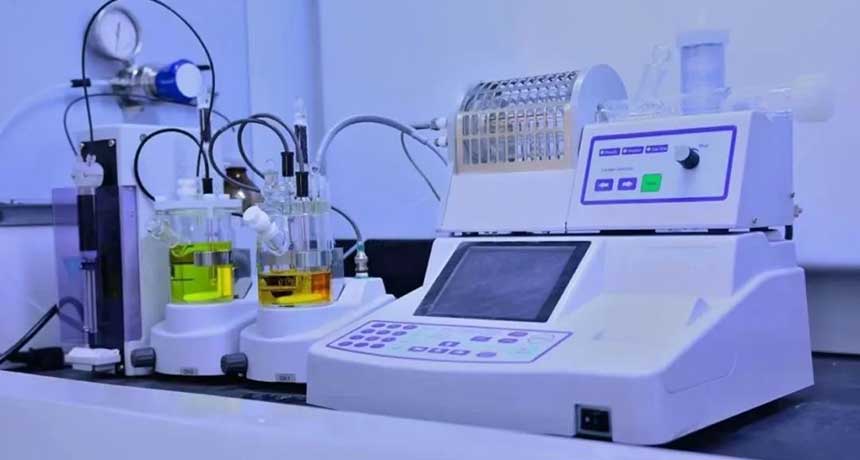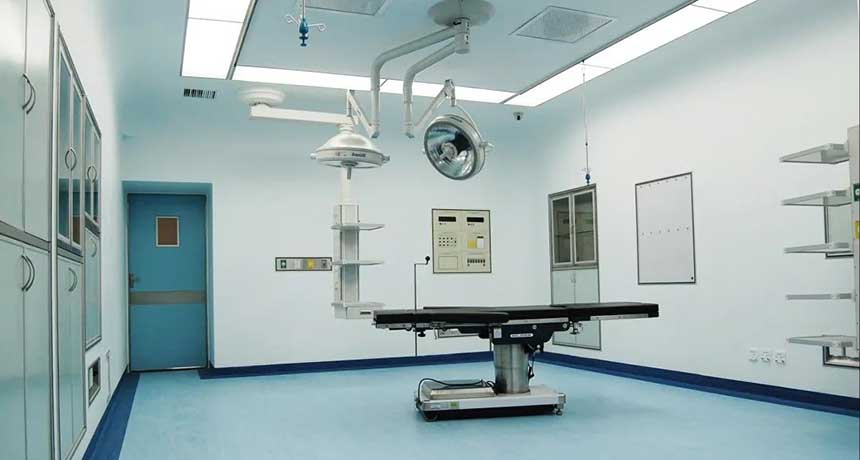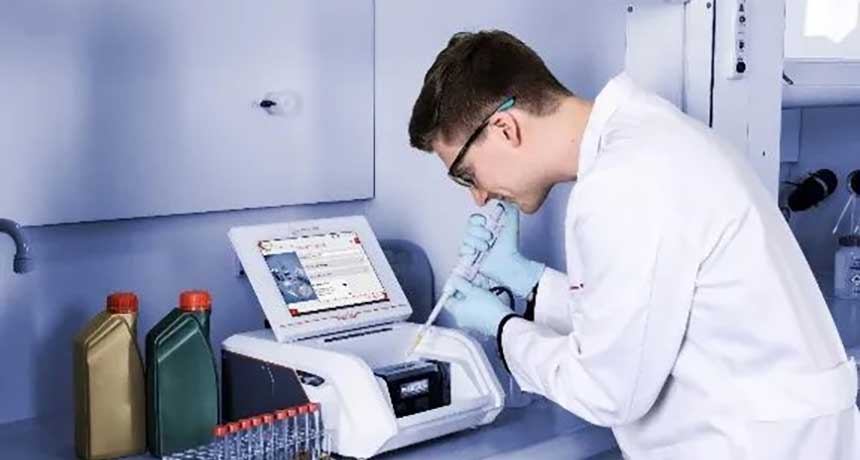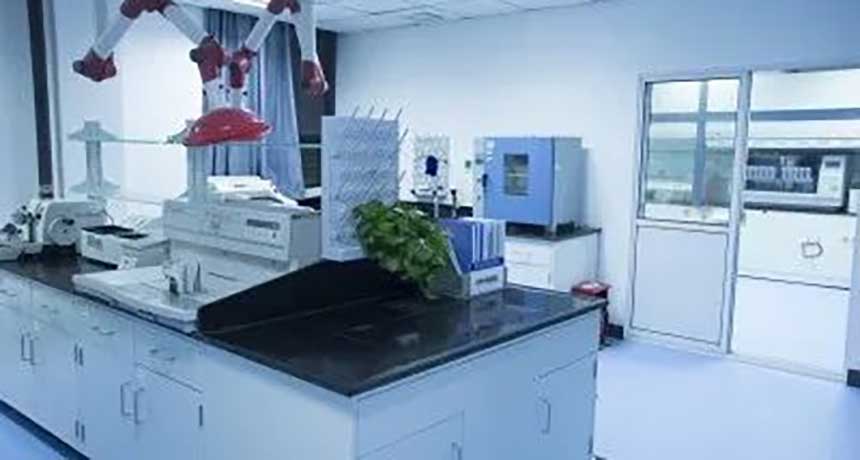In healthcare,
X-ray machines are a key diagnostic tool used to examine internal organs and bone structures. However, ensuring smooth operation and accurate diagnosis of the X-ray machine requires careful preliminary preparations. This article will discuss the preliminary preparations for installing an X-ray machine to ensure that the equipment can be put into use smoothly and provide high-quality medical services.
For radiation maintenance technicians, this topic may seem simple, but in actual work, preliminary preparations play a decisive role. If the installation workflow cannot be worked out proficiently, quickly and standardizedly before the X-ray machine is installed, and there is a lack of a comprehensive and systematic design concept, it will bring a lot of inconvenience to future installation work and actual operations. Now combined with From my own actual work, I summarized several experiences and lessons from the preliminary preparations for installing the X-ray machine and shared them with my colleagues.
1. Grounding problem: Grounding is a very important task for the installation and use of X-ray machines. It has two meanings. On the one hand, it is safety grounding, which is for the personal safety of staff and patients. On the other hand, the working ground is used to find the discharge point or circuit measurement reference point for each circuit. The success or failure of grounding work is one of the key issues related to the safety of personnel and the normal use of machines. Grounding is measured by the grounding resistance value and must be regularly inspected by functional departments. The value is within the specified range and cannot exceed the upper limit. Generally, the grounding point resistance of ordinary X-ray machines is ≤3 ohms, and special-purpose machines such as vascular subtraction (DSA) require ≤1 ohms. The production method is: if the pit is dug at a depth of (1.5~2) meters from the ground according to the conventional method, the pit area will be (1~1.5) square meters, and the cost of laying a copper plate of a certain thickness at the bottom of the pit will be very high, and the contacts of the leads will be very expensive. Only one, unstable. In actual practice, three galvanized pipes (diameter 50 mm, length 2500 mm) can be used. Each galvanized pipe is 3 meters apart and smashed into the ground. The head of the galvanized pipe is 300~500 mm away from the ground. Each pipe is flattened. The irons are connected together, and a grounding wire is welded to each galvanized pipe and connected to the terminal of the grounding wire. The machine's ground wire is also connected to this terminal. This method can meet the machine requirements, has low cost, is easy to operate, and has high stability. It should be the preferred method in work.
2. Power supply problem: According to the different requirements of the machine on the internal resistance of the power supply, the instantaneous power of the machine and the distance from the power transformer are mainly considered to determine the diameter of the machine's power cord (mainly copper core wire) and area. Generally, the diameter of the power cord (copper core) of ordinary photographic X-ray machines and gastrointestinal X-ray machines is 30 square millimeters. The diameter of the power cord of more special machines such as DSA and CT is preferably 50 square millimeters. The power cord must be in a three-phase five-wire format (three phase wires, one neutral wire, and one ground wire) or a three-phase four-wire format (three phase wires, one neutral wire, and another ground wire). Pay attention to the wiring of the phase wires. Phase sequence arrangement. The power control box is placed in the control room at a convenient location for opening and closing.
3. Room design; including the design of the machine room and control room. According to the requirements of machine model, performance, work convenience and radiation protection. Comprehensive consideration and reasonable design are also important preliminary preparations. Because the X-ray machine is a special machine, the X-rays generated will cause certain radiation damage to the human body. Therefore, the protection of workers is a very important task and must be paid great attention to. Under the premise of ensuring that the protection of staff and working environment meets national standards, other aspects such as the rationality of room layout and work convenience should be considered. First determine the position of the machine center point in the room based on the machine performance. In addition, the room height refers to the actual height of the room ceiling from the ground (the net height after decoration), which must meet the maximum distance requirements for machine operation to avoid affecting operation. The design of the observation window (commonly known as lead glass) requires lead glass with a certain lead equivalent radiation protection, located at the horizontal center of the wall, with the lower edge height from the actual distance (800~850) mm from the ground. The wall holes in the computer room and control room must be preset for the cables connecting the console, control cabinet, and bed. Generally, the hole is determined by considering the frequency of the machine, whether it is industrial frequency, medium frequency, high frequency, and the configuration of the power supply voltage regulator. The size of the wall hole is generally square or circular, 200 mm × 200 mm in size, 100 mm from the ground, and the number is 1 to 2. If a new computer room is built, an underground cable trench should be reserved. The size of the cable tray will be determined based on the machine model and the number of cables (it must be used overhead). The design of the room door consists of the machine room door and the machine room control room door. This door requires special treatment, emphasizing protective performance and easy opening. It is recommended that the shape of the machine room door be a double door and a double door.
In short, installing machines is a comprehensive project that requires coordination with various departments in the hospital. As a radiological maintenance engineer, you must take charge of the overall situation, be patient and implement step by step and plan, and create favorable conditions for the smooth installation of the machine.
Installing an X-ray machine is a complex project that requires sufficient preliminary preparations to ensure the smooth operation and effective use of the equipment. Medical institutions should attach great importance to installation work and establish sound management systems and work processes to ensure that each X-ray machine can be put into use safely and reliably and provide patients with high-quality medical services.
In the future, with the continuous development and advancement of medical technology,
X-ray machines will continue to play an important role in providing doctors with accurate diagnostic information and providing patients with timely treatment and care. Only through strict preliminary preparation and management can the role of the X-ray machine be fully utilized and make greater contributions to the medical and health industry.






